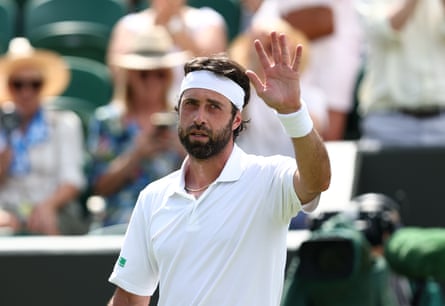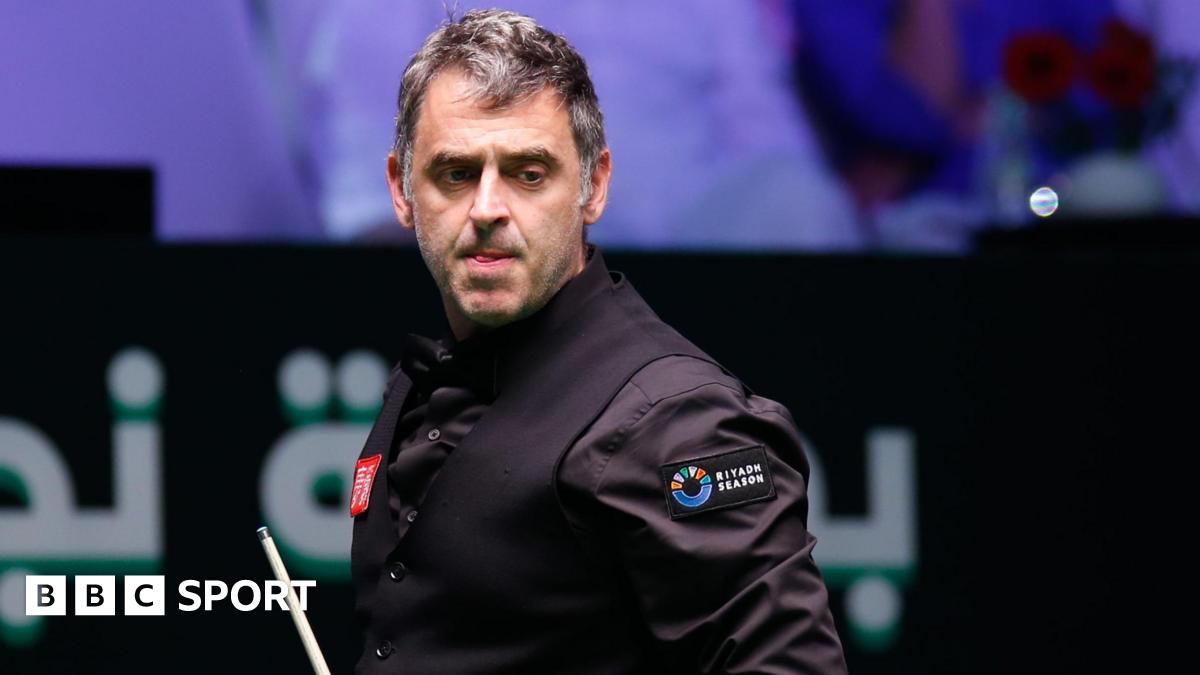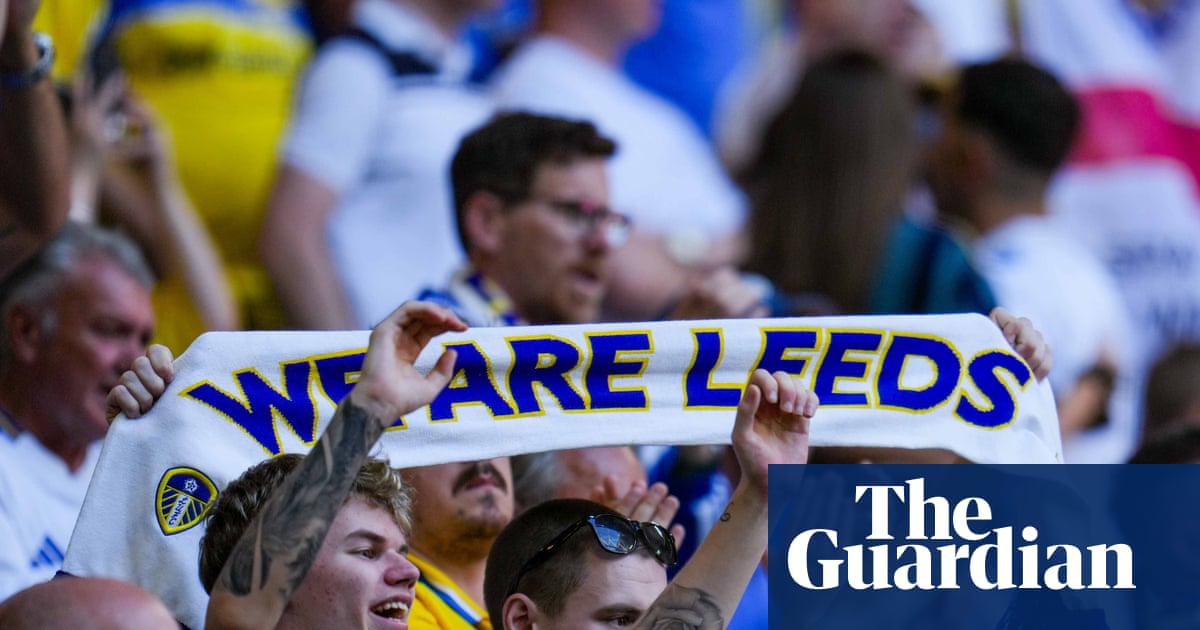Less than a year after exiting the 2022 Wimbledon quarter-final on the All England Club’s pristine No 1 Court, Cristian Garín found himself 10,000 miles away on a hard court on the Pacific island of Nouméa, New Caledonia.
The Chilean, who had a career-high ranking of world No 17, had signed up for an ATP Challenger event, tennis’s second-tier tour, mostly attracting players outside the top 100, after a wrist injury forced him to miss two ATP Masters 1000 events. By January 2023, Garín sat at a precarious No 82.
An unforgiving ranking system, determined by tournament performances over the past 52 weeks, waits for no one. Even players like Garín, once among the world’s best, can find themselves back in purgatory after a bad spell. “In the beginning, it was difficult to find motivation,” says the 29-year-old after a long pause.
“The cities, conditions are not the best, different from when you play the best tournaments. The Challengers are tough. Sometimes I get very upset because you go a long way to win 30 matches and you’re still outside the top 100. It’s way too much.”
The life of a player can be far from fancy. Casual fans may look toward Carlos Alcaraz’s lucrative sponsorship deals with envy, but those on the fringes of the top 100 and beyond live a starkly contrasting reality. The less glamorous side of the sport involves endless travelling, cost cutting to make ends meet and battling bouts of loneliness.
Kevin Clancy, a sports psychologist who worked with Ireland’s top players, believes tennis and golf are the most psychologically demanding sports. He says: “It’s roughly about 20% of the time that you’re on court and hitting the ball, so there’s 80% of the time where you’re doing a lot of thinking.
“Tennis is a sport that mentally could beat you up really, really badly. For players at Challenger level, it’s about survival. They need to play more tournaments and have that constant pressure of, ‘I need to perform and get points’.
“A lot of times those players are sleeping on floors. They’re sharing maybe a motel room with a number of other players. In some cases they may even struggle to have enough money to buy proper food.

“These players are playing in front of a man and his dog in the middle of nowhere. It’s really tough from a psychological perspective.”
When the Serbian professional Dusan Lajovic first started on tour, he relished the new experiences of travelling to far-flung countries. But his youthful exuberance quickly wore off after years of gruelling 11-month schedules. In 2023, he revealed his battles with depression and anxiety.
Lajovic, once ranked 23rd in the world and now aged 35, says: “It’s not just forehands and backhands, it’s how much can you suffer? How much can you travel? How much can you sleep in different beds every week? We take almost as many flights as pilots. It’s a lonely sport.
“When you’re hitting 30, you’re trying to nest somewhere, start a family. But tennis doesn’t allow you that. It’s not just saying, OK, this is for me, I’m going to be strong, because you’re going hit walls. It takes a toll on your body, your mental health.”
Players dedicate their entire lives to the sport. Japan’s Taro Daniel would know, having moved across the globe to Spain when he was 14. “To put into perspective, it’s 20 years more dedication than a doctor to be here,” the 32-year‑old says, chuckling. “And even then, 90% of people don’t make it.”
after newsletter promotion
Germany’s Maximilian Marterer, now 30, began the nomadic life from the age of 12. “If I’m healthy, I spend 10, 15 weeks max [per year] at home,” he says. “Not only me, all of us have seen a lot of places, but we also missed many cool moments at home.”
From Clancy’s experience, a strong support system is vital. “It could be family, friends or a partner,” he says. “Yes, they may be physically apart, but are they connected to them? On WhatsApp, Zoom, whatever, it’s extremely important. You need to have a routine in place after a match.”
For all their sacrifices, a juicy financial return is far from guaranteed. In 2024, Nikoloz Basilashvili returned from an elbow injury and earned $63,183 in prize money. But after subtracting flight costs and paying his coaches, the Georgian said he made a net loss of about $120,000.

“I wanted to quit after my injury because I was very burned out for many years,” he says. “You are mostly alone and you don’t really have a lot of friends to talk to. I don’t know if there is any other sport like this, to take a flight on the same day you play a match and then next week you are in another city. But then I decided to look at tennis in a different way, to enjoy it a little bit more.”
As a former world No 16 with more than $9m in career earnings, Basilashvili could afford the short-term hit. Others, like India’s Sumit Nagal, once reduced to a mere €900 in his bank account, do not enjoy the same luxury. “All I can say is you need to keep on playing, keep on winning. That’s how it is,” the world No 302 says.
Most persist to fuel their love for the sport. For Nicolás Jarry, a former world No 16 who dropped out of the top 100 while battling vestibular neuritis – an ear condition affecting his balance and vision – tennis serves an additional purpose; as his form of self expression.
“I was born the oldest child, so I follow a lot of rules,” he says. “When somebody tells me to do A, and it’s not going to kill me, I will do A, even if I think B. Now, I follow my instincts. It motivates me to see how far I can go following my gut.”

 15 hours ago
2
15 hours ago
2










 English (US)
English (US)